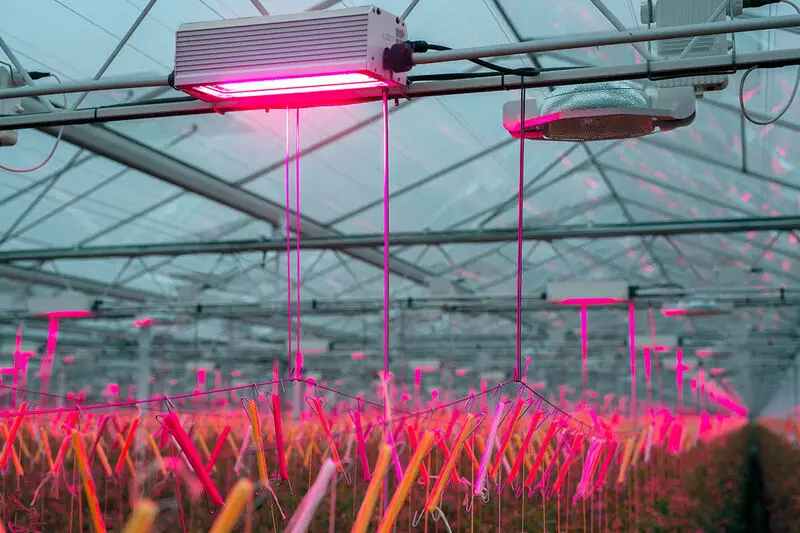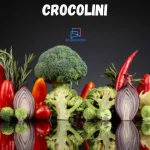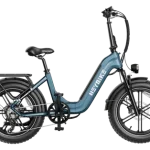LED grow lights have become the cornerstone of modern indoor gardening. Whether you’re growing herbs in your kitchen or managing a large-scale commercial greenhouse, LED technology provides an efficient and flexible way to meet your plants’ light requirements. Gone are the days of relying on high-maintenance, energy-draining lights. Instead, LED grow lights offer a sustainable and customizable lighting solution.
Understanding LED Grow Light Technology
At their core, LED grow lights are based on Light Emitting Diode (LED) technology, which has made a significant impact across various industries due to its efficiency and adaptability. In horticulture, LEDs can be precisely tuned to emit specific light wavelengths. This ability allows growers to provide plants with exactly what they need for optimal growth.
Unlike traditional lighting methods, such as High-Pressure Sodium (HPS) or Metal Halide (MH) lamps, which waste energy in the form of heat, LEDs convert electricity into light with minimal heat loss. This makes them perfect for indoor setups where managing temperature and energy consumption is crucial.
The Science Behind Plant Light Requirements
Plants rely on light to fuel photosynthesis, the process by which they produce energy. However, not all light is created equal. Plants use primarily red and blue wavelengths for different stages of growth.
- Red Light (630-660 nm): Essential for flowering and fruiting. It helps plants produce blooms and fruit in the later stages of their growth cycle.
- Blue Light (450-495 nm): Encourages vegetative growth and strong leaf development, making it essential during the early growth stages.
By using LED grow lights, you can fine-tune the balance of red and blue light to ensure your plants receive the right wavelengths at each stage of their lifecycle.
Benefits of LED Grow Lights
Energy Efficiency
LED grow lights typically consume 40-60% less energy than their traditional counterparts. This can lead to significant cost savings, especially for commercial growers who need to run their lights for long hours.
Longer Lifespan
Quality LED grow lights can last 50,000 hours or more, which translates to several years of continuous use. In comparison, traditional grow lights such as HPS or MH lamps may need to be replaced after just 10,000 to 20,000 hours.
Customizable Spectrum
One of the most significant advantages of LED grow lights is their ability to adjust the light spectrum. Whether your plants are in the seedling, vegetative, or flowering stage, you can tweak the light to suit their needs, promoting optimal growth at every stage.
Lower Heat Output
LEDs produce much less heat than traditional grow lights, which not only lowers cooling costs but also reduces the risk of damaging plants. You can position LED grow lights closer to the plant canopy without worrying about heat stress.
Choosing the Right LED Grow Light
When shopping for an LED grow light, there are a few key factors to consider:
Light Output and PAR (Photosynthetically Active Radiation)
PAR refers to the spectrum of light that plants can use for photosynthesis. Look for LED grow lights that provide a high PAR value in the specific wavelengths your plants need. Additionally, check the PPFD (Photosynthetic Photon Flux Density), which measures the light intensity at the plant level.
Power Consumption
Pay attention to the actual power draw of the light, not just the equivalent wattage. While a grow light might be marketed as a “1000W equivalent,” its actual power draw might be much lower, making it more energy-efficient.
Spectrum Options
Decide whether you need a full-spectrum light or one that offers specialized settings for different growth stages. Some advanced LED grow lights also include UV and infrared (IR) wavelengths, which can further enhance plant growth.
Size and Coverage Area
Your LED grow light needs to match the size of your growing area. Consider the height of your plants and the size of the canopy when determining the light’s coverage area. It’s essential to ensure that your grow light can distribute light evenly across your entire garden, especially if you’re growing multiple plants at once.
Installation and Setup Best Practices
Proper Mounting Height
LED grow lights should be mounted at the correct height to ensure that your plants receive the optimal amount of light. The recommended distance varies by model and growth stage but usually ranges between 12-36 inches from the plant canopy.
Light Distribution
To ensure even light distribution, consider using reflective materials like mylar around your grow area. This helps bounce light back onto your plants, ensuring they receive uniform illumination.
Maximizing Growth Results with LED Grow Lights
Light Scheduling
Different plants require varying amounts of light at different stages of their growth. For instance, seedlings may need up to 18 hours of light per day, while flowering plants may require only 12 hours. Use timers to maintain consistent light cycles, and adjust the intensity as your plants progress through their growth stages.
Common Applications of LED Grow Lights
Indoor Gardens
LED grow lights are perfect for indoor hydroponic systems and soil-based gardens. They can help grow a variety of plants, including microgreens, herbs, and vegetables.
Commercial Operations
Large-scale operations, such as vertical farms and greenhouses, are increasingly turning to LED grow lights to maximize yields while minimizing energy consumption.
Maintenance and Troubleshooting
Regular Maintenance Tasks
To keep your LED grow lights performing optimally, regularly clean the fixtures to remove dust and debris. Also, check electrical connections and monitor the lights for signs of degradation.
Common Issues and Solutions
If you notice uneven plant growth or light burn symptoms (plants turning yellow or brown), it might be due to improper light intensity or distribution. Adjust the mounting height or spectrum settings to resolve these issues.
Cost Analysis and ROI
While the initial investment in LED grow lights can be higher than traditional lights, the long-term savings in energy costs, reduced maintenance, and improved yields make them a smart financial decision.
Conclusion
LED grow lights are revolutionizing the way we approach indoor gardening and agriculture. They offer unparalleled control over plant growth, while being energy-efficient and long-lasting. By understanding the science behind LED grow lights and implementing them properly, you can ensure optimal plant growth and improve your yields.







